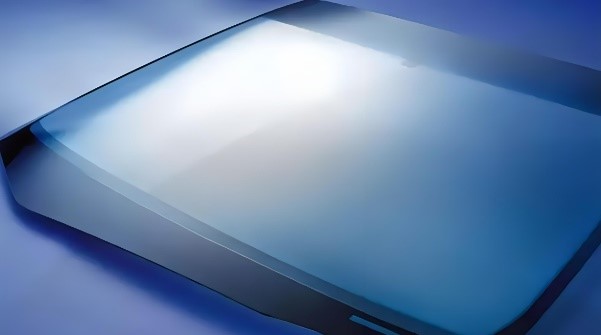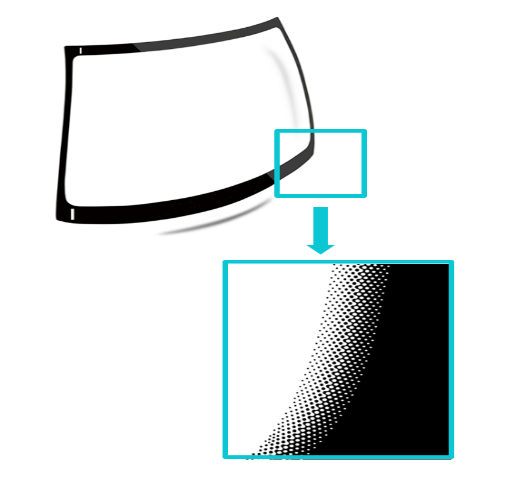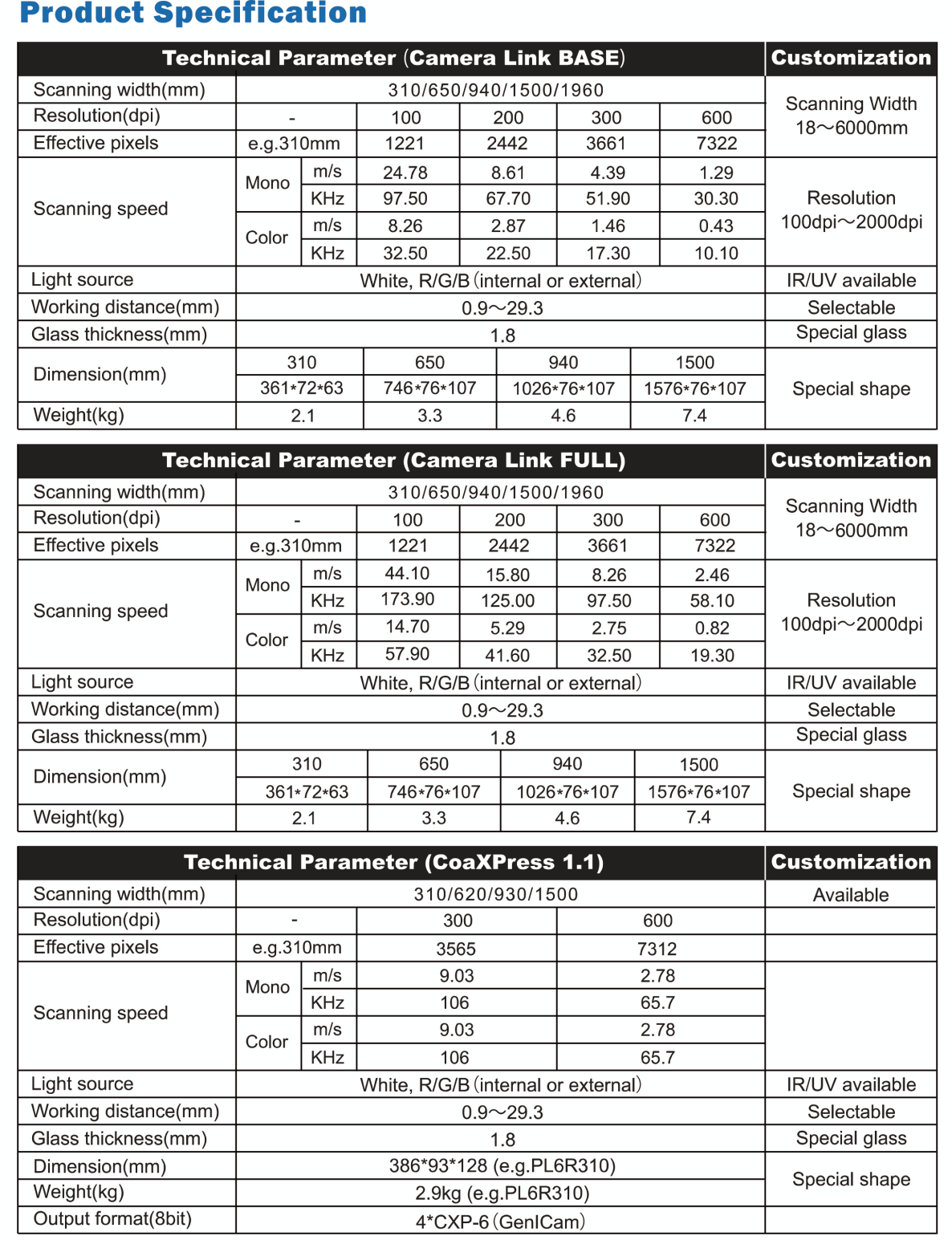CIS Application Automobile Glass Inspection
Current Status and Challenges of Automotive Glass Inspection
As global per capita car ownership continues to rise, the demand for higher automotive standards has grown significantly. Automobile glass, a pivotal component of vehicles, has become an essential cornerstone. Within the production process of automobile glass, issues such as bubbles, scratches, and surface cracks often arise. Market research indicates that approximately 4-10% of defective glass is subject to recall. Early detection of defects in automobile glass can reduce costs and substantially enhance production efficiency. Presently, manual visual inspection is typically employed, but it poses challenges of high cost and low efficiency, particularly in detecting defects smaller than 0.5mm.

Inspection system using CIS
With the advancement of Industry 4.0, machine vision inspection techniques for glass defects have seen rapid development. Machine vision inspection technology offers outstanding advantages such as high speed, precision, and a high degree of automation. The hardware of the automobile glass visual inspection system mainly consists of multiple sets of area or line scan industrial cameras, several sets of industrial lenses, LED light sources matching the width of the glass being inspected, and light source controllers. Key issues with camera inspection systems include limited effective detection area for a single camera, the need for multiple cameras for wide-format glass, complex system control, and image stitching. Consequently, emerging Contact Image Sensor (CIS) line scan industrial cameras integrate various hardware such as photosensitive chips, lenses, and light sources, and are increasingly favored by a growing number of vision solution providers due to their unique advantages.
Primary advantages of CIS inspection systems:
・High integration, compact size, and close working distance.
They can be seamlessly integrated into the interior of glass cutting and screen printing equipment, eliminating the impact of dust on the internal inspection system and reducing the need for frequent maintenance in the later stages.
・The unique cylindrical lens achieves a 1:1 imaging ratio and a telecentric view.
This ensures undistorted images, even at the edges. Perfect alignment of the glass cutting edges and the printed glass pattern reduces the workload of image preprocessing.
・Integrated appearance, simple installation, and a perfect solution to the traditional challenges of setting up and debugging wide-format vision systems. A single CIS can achieve a flexible selection of scanning widths from 18mm to 3000mm, eliminating the need to align and stitch images from multiple cameras and lenses, reducing the demand for engineers and time, and greatly reducing labor costs.
WHEC’s CIS has already been integrated into production lines of numerous well-known international glass manufacturers and has received acclaim from customers.

CIS Solutions WHEC provides
For instance, in the glass printing graphics inspection process, CIS solutions with scanning widths of 658mm, 940mm, 1300mm, 1500mm, 1700mm and 1960mm have been introduced, with recommended resolutions of 300dpi or 600dpi, working distances of 14.8mm or 17.2mm, and a maximum speed of 533m/min, fully meeting industry requirements. In terms of interface selection, options such as Cameralink, Coaxpress, and Gige are available. Through multidimensional vision imaging technology and image extraction synthesis, nuanced defects can be identified and classified based on bright and dark field imaging. WHEC’s CIS supports flash control of three-angle light sources (including reflection, transmission, and various configurations), as well as a unique built-in coaxial light solution.

As a specialist CIS supplier, WHEC consistently adheres to technological and product innovation, as well as rapid responsiveness to customer needs. Choose WHEC for professional CIS partnerships.
